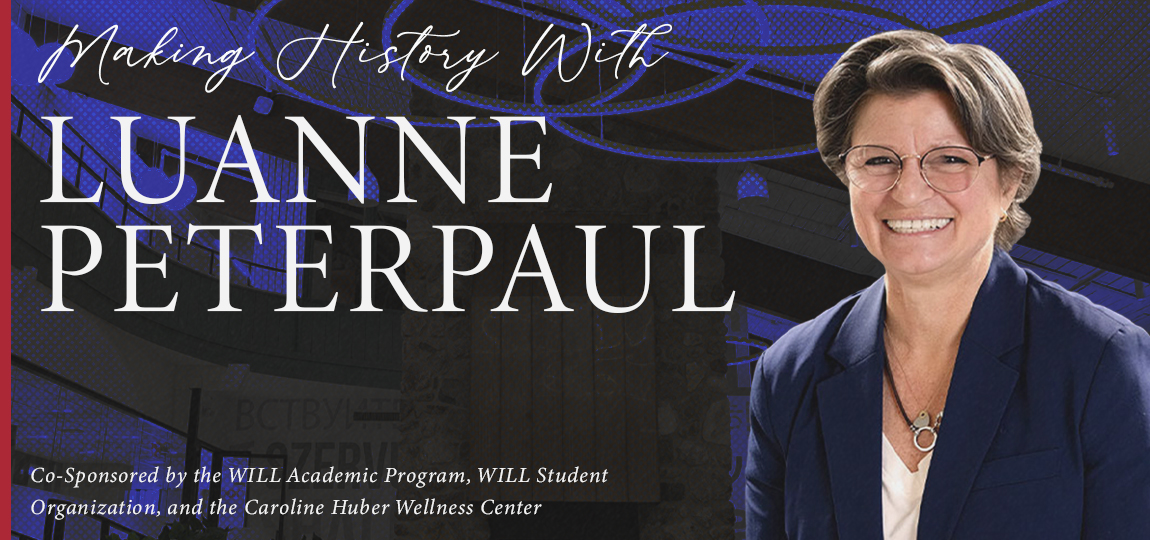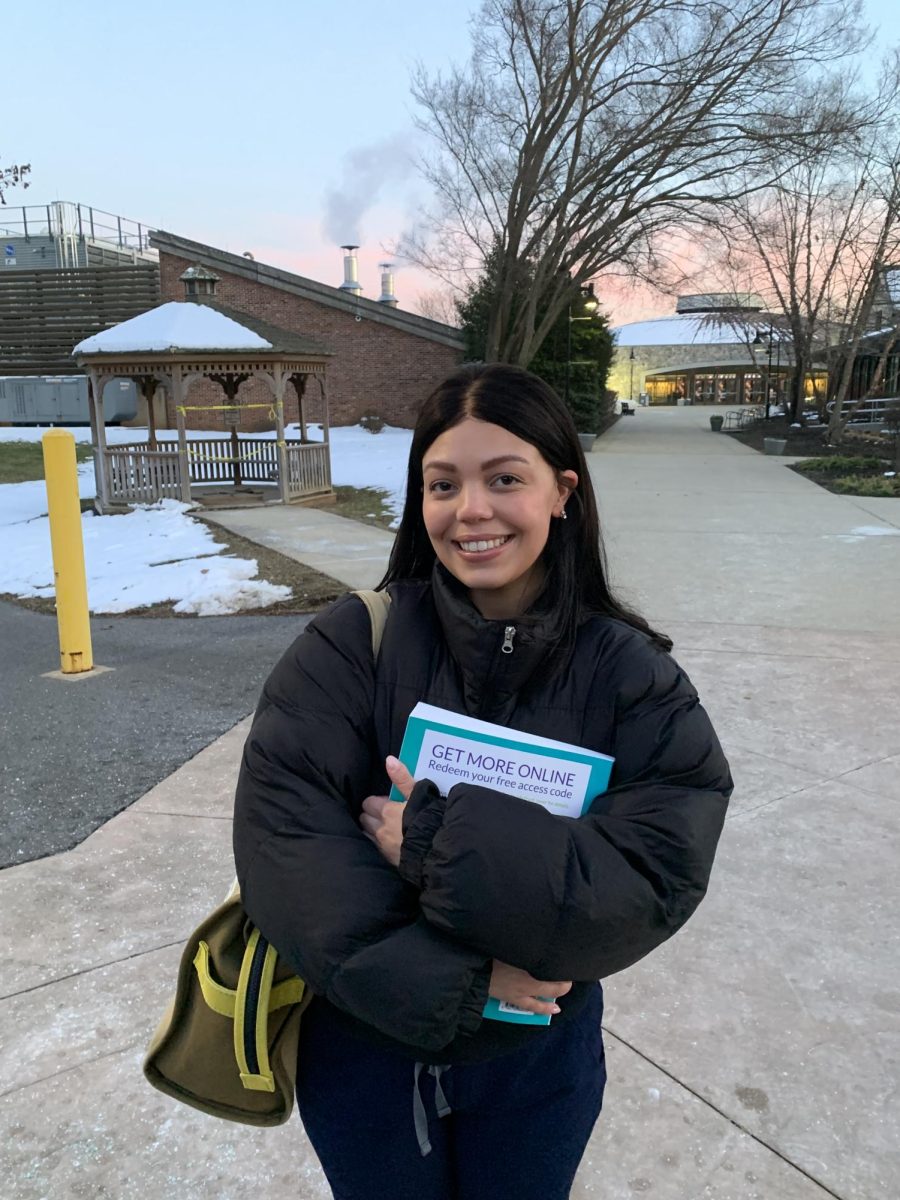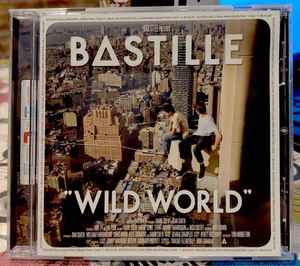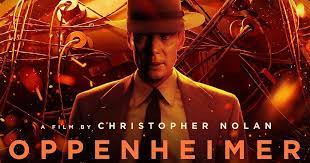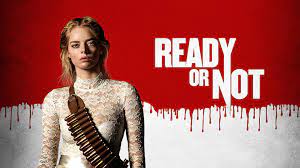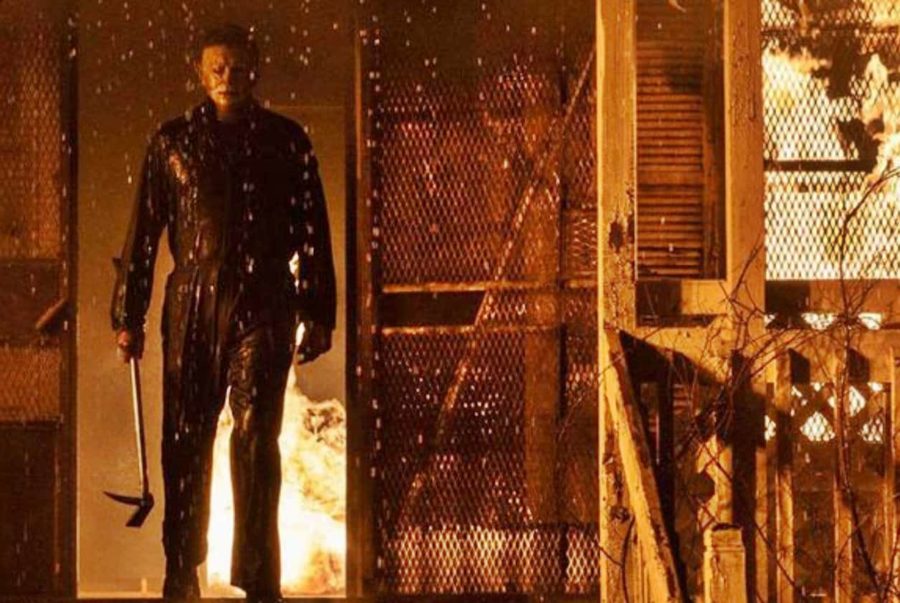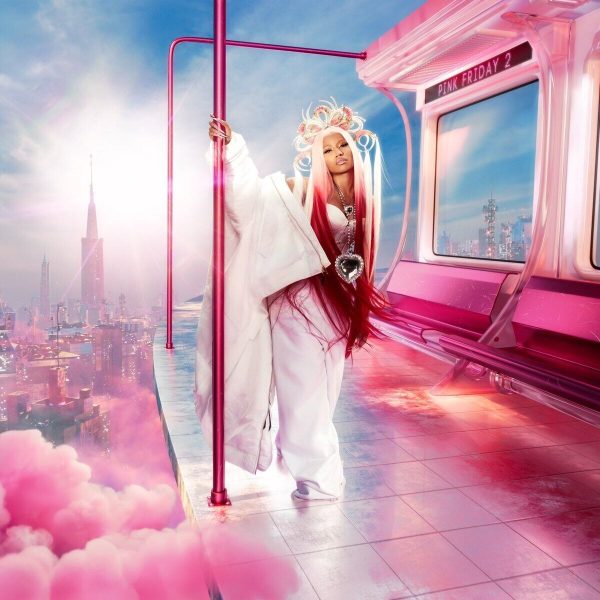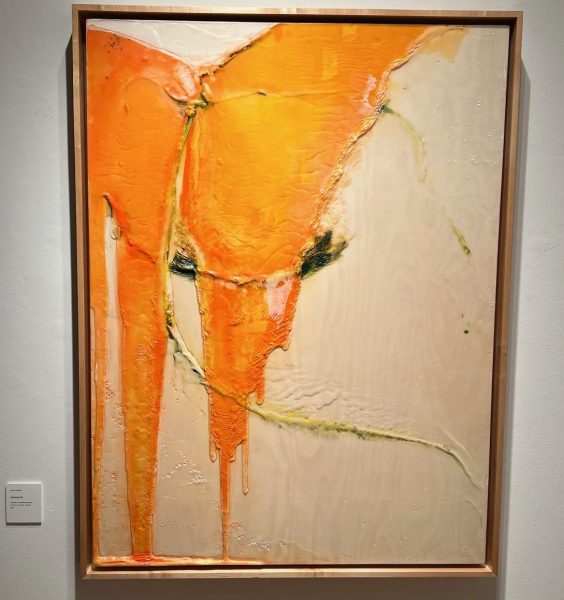Michael Myers Returns For ‘Halloween’ Season
October 20, 2021
“Halloween Kills” is the newest sequel to the long-tenured franchise, written by two-thirds of the crew from the 2018 sequel, and again directed by David Gordon Green. As a huge fan of the 1978 classic and the 2018 sequel, I have been anticipating this film for a long time. Nothing can be stated that has not already been said about John Carpenter’s original. Its direct sequel 40 years later was generally well received but is a tad divisive. Horror fans are extremely fickle in what they appreciate, especially in follow-up films in popular franchises. This usually creates pockets of fans supporting different timelines and stories.
The 2018 film portrayed Laurie Strode, played again by Jamie Lee Curtis, as a grizzled older woman determined to take down “The Shape,” more commonly known as Michael Myers. It is a fun and intense film that balances humor and violence well in my opinion. Unfortunately, many “Halloween” fans did not appreciate the laughs in the long-awaited sequel, as the franchise was not typically the go-to for humor.
Due to my appreciation for the storytelling, tone and fulfillment of the 2018 picture, I was excited for the latest film of the planned trilogy to cap the series (for now.) All in all, this newest film works but it’s certainly not batting .1000.
Green does many things well that help to make this film feel small in atmosphere but grand in scope. He does a marvelous job at quickly developing and showcasing side characters to build this small-town community and allow the audience to feel connected to the citizens of Haddonfield. Therefore, when we have to see them go, we feel upset, or at least disappointed that we could not have spent more time with them, and in some cases, downright disturbed at their demise.
From characters like the young snarky boy, Julian, the foolish cops bantering about sandwiches, to fresh meat members of Haddonfield like Big John and Little John, there is no shortage of help to establish this world and get the audience to care about the realistic characters. Another aspect of this movie that makes it seem lived-in is the casting of returning characters. Character actors Kyle Richards and Nancy Stevens reprise their roles as the little girl, Lindsey, and Nurse Marion from the 1978 classic. Even Charles Cyphers, who played Sheriff Brackett in John Carpenter’s film, is seen again in this harrowing adventure at 82 years of age.
In addition to these returning characters, Anthony Michael Hall plays Tommy Doyle, who we last saw (in this timeline at least) at the end of the first film seeking help in the finale. And Lonnie, who we briefly saw as a bully toward Tommy and the butt of a joke from Dr. Loomis in the original, is given an expanded role and is played by another notable character actor, Robert Longstreet.
Those recurring individuals from the classic, along with a few characters from the film of three years ago-Will Patton as Officer Hawkins and Dylan Arnold once again as Cameron, Allyson‘s boyfriend and Lonnie’s son- all help to make this movie feel quite genuine.
Longstreet and Hall do great in their roles as scared but determined members of the community who are still haunted from their first encounter with Michael Myers.
The writers and director do a fantastic job at making the community of Haddonfield feel molded by the actions that took place 40 years prior in their small town. As stated by one character in the film, Haddonfield was a small town where nothing ever happened. So, you understand why this one mortifying and life-altering incident could have seeped its way into the town’s atmosphere.
The moral panic of the older generations still runs rampant over the town’s growth. It seems like a community where one grows up, works and raises their own children, and no one gets to leave. In some cases that would be just fine, but in this situation, you feel as though it was never a conscious choice by the survivors. Rather, the people affected by the murders had stunted emotional growth and were forced to remain in Haddonfield.
The audience especially sees this through the character of Tommy Doyle. Hall plays him like a well-meaning, but ultimately dull and impetuous man trying to redeem his town. His development helps to showcase the difference between a town haunted by its dangerous past when it has to face its demons again versus someone who has prepared every day since the incident; that being Laurie Strode.
This story takes many pieces from previous “Halloween” movies, none of which are involved in this newest timeline. From “Halloween II,” the hospital setting in which Laurie is kept restrained for a bulk of the runtime is borrowed. From “Halloween 4: The Return of Michael Myers,” the premise of some ill-prepared town folk making the brash decision to form a militia and go after “The Shape” themselves is also incorporated. Combining these two parts of the older stories helps to better both of those ideas.
The hospital setting makes for an interesting progression in the 1982 sequel, but its pacing is close to zip and extremely dull in some parts. The town revenge aspect of the fourth film from 1988 is rushed and not as impactful to the story when compared to how it is showcased.
Michael Myers is ultimately the reason one is most likely buying a ticket to this flick, and if that is the case, they will most likely feel as though they got their money’s worth. The film illustrates Myers at his most comfortable and skilled as he stalks his way through dark suburban neighborhoods, making sure moviegoers double-check the locks on their doors when they arrive home.
Myers is possibly the most menacing and truly terrifying he’s ever been in the franchise. Competing only with the Rob Zombie interpretation of the character. James Jude Courtney returns as Myers after playing him in the 2018 film. Courtney gets to play with many toys and several victims in his newest portrayal of the nearly indestructible character. Getting an actor and stuntman who is the same age as Myers would be in these films lends to the reality of the movements and the physical capabilities of this monster among men. On more than one occurrence, Myers takes his time with his victims and seems to be enjoying the looming threat he hangs over this small community.
Myers is portrayed as a man who is beyond the normal capabilities of any average Joe, yet still possesses the devious and playful mind of a child. An issue seen in many of the previous sequels is that Myers is a skilled killer, but his actions never seem to truly impact the members of the town.
In this film, Michael is spoken about as if he is an urban legend, a mythical creature that cannot be killed by blunt force or mortal man. His impact is so substantial on this community that as mentioned earlier, a large group of eager citizens band together to try and take down “The Shape.” This results in lives being lost in more than one way due to the townspeople’s ignorant actions.
One scene especially is truly ghastly and even nauseating due to how hideous this mob has become due to the reappearance of Michael Myers. Unfortunately, this is ultimately where the film starts to hedge toward a more mixed bag of effectiveness.
The second act excels in character growth and filling in unseen holes from the 1978 and 2018 films. But when Green takes his actions on a grander scale, it seems out of proportion and overwhelmingly chaotic. To be fair, I do believe the intentions of the writers and director in these portions of the runtime were intended to feel chaotic and as if they were a true mob. But when put in a setting like a hospital in a small town, and we see dozens of people running up what seems to be many, many flights of stairs, you begin to wonder what the budget for this massive hospital must be for such a quaint community. This shifts the feeling of the mob side plot from intentionally reckless to accidentally ridiculous.
The most obvious issue I have with this film is that it’s hard to feel the stakes when you are aware this is not the end of the story. It objectively feels incomplete, and although this is obvious, it’s still not great when watching a film to be aware you will leave without completion of a story. While the ending does leave the viewer excited for the final chapter of this saga, the viewer may also feel a bit hungry and hollow.
The runtime does come in under an hour and 50 minutes, but even that feels tedious when we know we won’t be getting a true finale. To fill out the empty pockets of the story and attempt to justify needing three additional sequels, the authors of this film reach back, so far back indeed that they add on new revelations that happened in the 1978 film. Mostly through the character of Officer Hawkins, when he was a young, wet behind the ears officer. This portion of the story is certainly not inferior but does seem like a bit of a reach.
This is where the film’s story also borrows ideas shared from previous Halloween films, more specifically Rob Zombie’s 2007 remake of the original. Zombie’s two Halloween films were harshly criticized upon release for having a brutal and grim atmosphere. Another large critique often facing those films was Zombie’s need to explain why Michael Myers is the way he is. Green does not delve into Myers’ true intentions and goals nearly as deeply as Zombie did, but he certainly touches on it, and to middling success. This leaves the viewer feeling it was unnecessary in this timeline, although there is possible room for redemption since another film is slated to arrive next year.
This is a film that wants to have its cake and eat it, too, when it comes to fun kills that still somehow progress the plot, and the reveal that Michael is leaving a trail of bodies that lead to his childhood home seems disheveled and out of nowhere. No one will criticize you for having Michael Myers take lives in a Halloween romp. But when you try to explain why this maniac serial killer is taking those lives it seems rushed and unnecessary.
All in all, the horror fan in me appreciates what Green and his crew bring to this film. This includes clever callbacks to previous installments, borrowing ideas from other discontinued, yet recognized sequels, strong practical effects, and truly tremendous cinematography from Michael Simmonds. All of these elements come together to make this a fun “Halloween” sequel.
Authentic, chilling fear captured through many of the actors’ performances makes this film feel exciting and gruesome, especially through the father and son duo of Lonnie and Cameron.
All that being said, the lack of Jamie Lee Curtis in this film, and an increased focus on her daughter and granddaughter played by Judy Greer and Andi Matichak, respectively, in expanded roles is unfortunate but understandable. This small quibble in congruence with a messy and lingering second act, make this film feel like it’s limping into its final stretch of the trilogy.
If you are not all-in on the “Halloween” series or are not a horror fan in general, sit this one out. But if you are a gore-hound, appreciate these iconic characters, and are looking for a quick and gripping horror flick, then “Halloween Kills” surely will live up to its title. Expectations can do a lot toward one’s feelings about a film, therefore if you are aware you are about to experience a film that does not have a true ending but does progress the story and exhibit some all-time brutal kills, then you will have a grand ole time, especially around Halloween season.
This film can also be seen for free on Peacock, so if you are on the fence, maybe give it a stab on the streaming service first.
(If you don’t want to commit to a Peacok subscription, there is a hack to stream “Halloween Kills” online free: just sign up for Peacock Premium’s free trial, which gets you a week of free access to the streaming service.)


